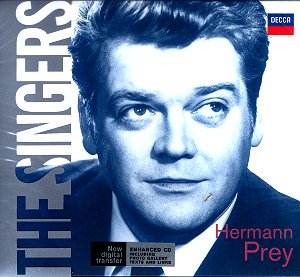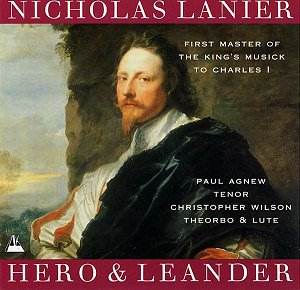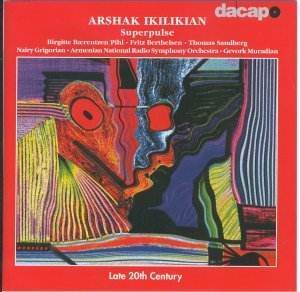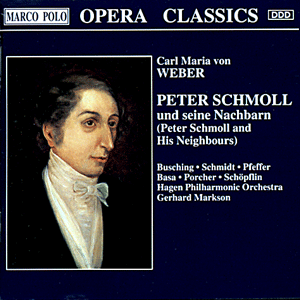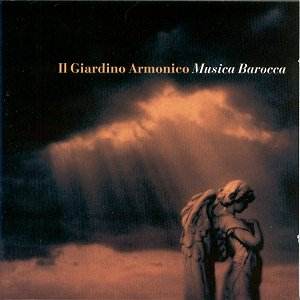 Composer: Various
Composer: Various
Works: Johann Sebastian Bach: Suite for Orchestra No. 3 in D Major, BWV 1068; Tomaso Giovanni Albinoni: Concerto in D Minor, Op. 9/2 Adagio; Antonio Vivaldi: Flautino Concerto in C Major, RV 443; Tomaso Giovanni Albinoni: Adagio for Organ, Violin & Strings in G Minor; Alessandro Marcello: Concerto for Oboe & Orchestra in D Minor; Georg Philipp Telemann: Concerto for 2 Transverse Flutes; Johann Pachelbel: Canon and Gigue for 3 Violins & Continuo in D Major; Improvised Variations on Greensleeves; Henry Purcell: Chaconne from “Timon of Athens”; George Frideric Handel: Arrival of the Queen of Sheba from “Solomon”; Tomaso Giovanni Albinoni: Oboe Concerto in D Minor Adagio (transcribed by Bach for 2 violins & continuo)
Performers: Il Giardino Armonico
Recording: January – February 2001, Chiesa di San Giorgio, Morbio Inferiore, Switzerland
Label: TELDEC 8573-85557-2
Il Giardino Armonico’s latest offering, titled “Barocca,” invites listeners to traverse the rich territory of Baroque music through a collection of familiar works that span the stylistic spectrum of the era. The ensemble’s illustrious reputation, bolstered by their previous collaborations and recordings, sets high expectations for this compilation of “hits.” However, the apparent attempt to appeal to a broader audience through a curated selection of well-known pieces raises questions about artistic intent and coherence, especially within the context of the richly diverse and nuanced Baroque repertoire.
The performances on this disc are technically proficient, showcasing Il Giardino Armonico’s characteristic vibrancy and energy. Notably, the ensemble’s interpretation of Bach’s Suite No. 3 in D Major is marked by a polished clarity, yet one cannot help but notice the slow tempos that diverge from their celebrated renditions of the Brandenburg Concertos. While the performance is undeniably beautiful, it lacks the rhythmic buoyancy that characterizes the dance movements of the Baroque suite, leading to an overall interpretation that feels slightly restrained. This choice may reflect a conscious decision to emphasize the lyrical quality of the music, yet it risks sacrificing the spirited exuberance inherent in Bach’s writing.
The recording quality itself is commendable, with a balanced mix that allows the individual instruments to shine while maintaining the ensemble’s cohesive sound. The acoustics of the Chiesa di San Giorgio contribute to a warm and inviting auditory experience, allowing the listener to appreciate the intricate interplay between the strings and continuo. However, this clarity also brings to light some interpretive choices that seem to prioritize accessibility over depth. For instance, the “Improvised Variations on Greensleeves” lacks the improvisatory flair one might expect, instead presenting a neatly packaged rendition that feels more like a nod to popular sensibilities than a genuine exploration of the form.
Comparatively, the inclusion of crowd-pleasing works such as Pachelbel’s Canon and Albinoni’s Adagio seems to serve more as a marketing strategy than an artistic statement. While these pieces are performed with skill and flair, the decision to include them alongside less frequently performed works such as Marcello’s Oboe Concerto raises questions about the thematic coherence of the album. This compilation format dilutes the potential for a deeper dialogue among the selected pieces, leaving the listener with a sense of disconnection, rather than the satisfying narrative flow that a thoughtfully curated album might offer.
The ensemble’s technical prowess and historical understanding are evident, yet the result is a recording that, while enjoyable and well-executed, does not quite fulfill the promise of its performers’ artistic potential. The desire to create an accessible entry point for new listeners is commendable; however, it risks overshadowing the more profound, layered experiences that Baroque music can offer. Those already well-versed in the repertoire may find this collection to be a superficial glance at a rich landscape, rather than a deep dive into its many treasures. Ultimately, while “Barocca” may attract a wider audience and serve as an introduction to the Baroque canon, it leaves the discerning listener yearning for a more cohesive and adventurous exploration of this vibrant musical era.
